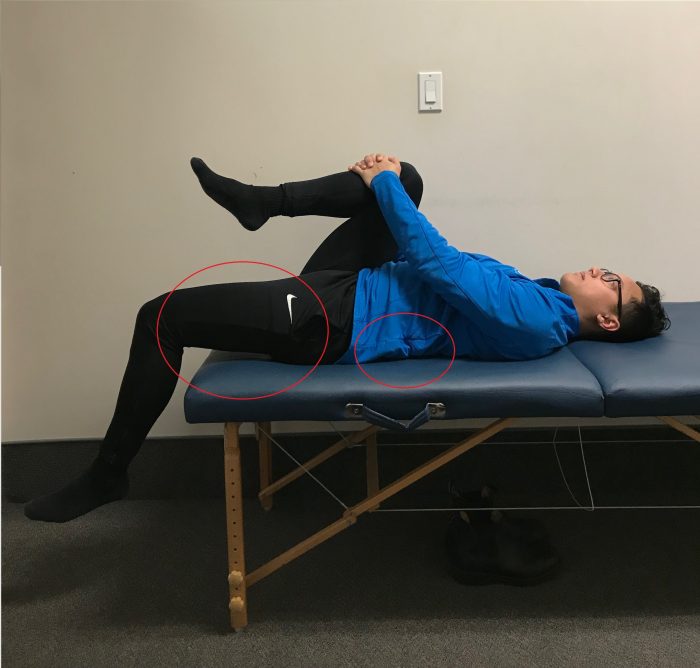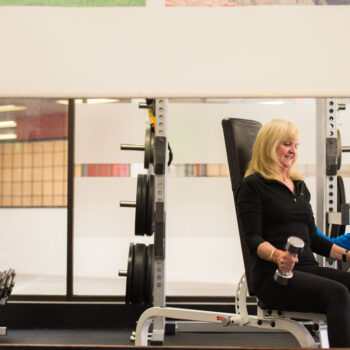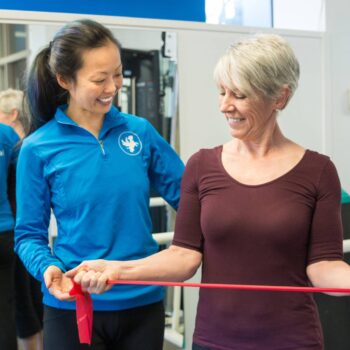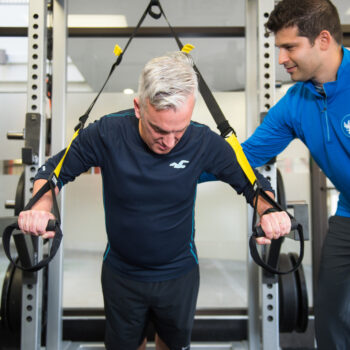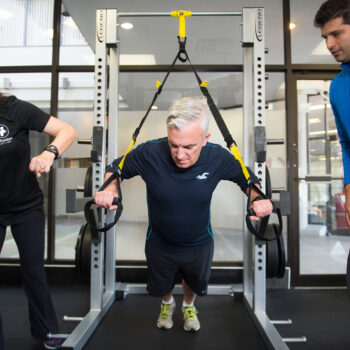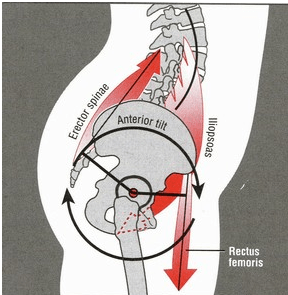 The pelvis is an important part of our body. It provides stability, strength, and support to our spine, as well as protection to the digestive and reproductive organs. Healthy pelvic alignment ensures that all these crucial functions can be carried out efficiently. Due to the amount of motion in the pelvis, and structures such as muscles, attachments, nerves, and vasculature within the pelvis, it can often be the site of problems. Anterior pelvic tilt is one of them.
The pelvis is an important part of our body. It provides stability, strength, and support to our spine, as well as protection to the digestive and reproductive organs. Healthy pelvic alignment ensures that all these crucial functions can be carried out efficiently. Due to the amount of motion in the pelvis, and structures such as muscles, attachments, nerves, and vasculature within the pelvis, it can often be the site of problems. Anterior pelvic tilt is one of them.
Pelvic Position and Back Pain
Anterior pelvic tilt is caused by a change in pelvic alignment as the front of the pelvis tilts forward while the posterior part of the pelvis rises. This also increases the curvature of the lower spine and tightens the thoracic spine. Such postural change may result in the lower back pain and indicate a muscle imbalance within the hips due to shortening of the hip flexors (muscles attaching the femur to the lower back and pelvis), and elongation of the hip extensors (hamstring and gluteus maximus muscles). Weak core muscles can also contribute to anterior pelvic tilt.
Causes of Anterior Pelvic Tilt
- Extended periods of sitting
- Lack of stretching / strengthening exercises during workout, or improper exercise technique
- Poor posture
- Genetic predisposition
Quick Test for Hip Flexor Length
Since tight hip flexor muscles are one of the contributing factors to the development of anterior pelvic tilt, the Thomas test is often used to assess length of the muscles involved in hip flexion (Konin et al., 2006).
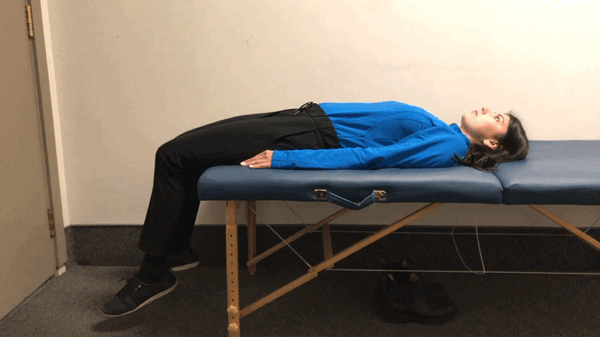
- Lie supine on a table with your knees bent so that your legs are hanging off and feet are not touching the ground.
- Bring your knee towards the chest while assisting with your hands. Hold to stabilize the pelvis and flatten out the lumbar spine.
1
1v
The test is negative if the leg resting on the table (leg being tested) remains on the table, meaning that there is either no contraction in the hip flexors, or the hip flexor is of appropriate length.
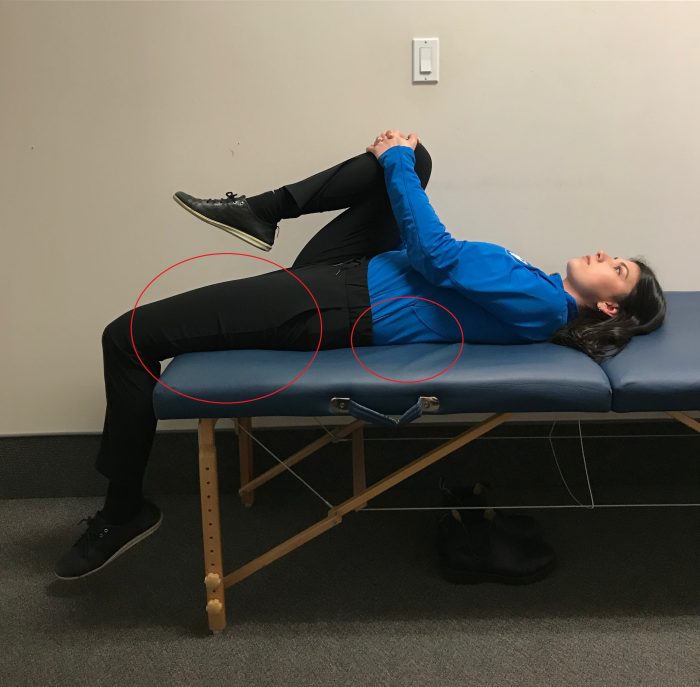
1
1
1
1
1
1
1
1
1
1
1
1
The test is positive if the leg resting on the table lifts up off the table while the you hold your other leg close to your chest. This can also be accompanied by an increasing curvature in the lumbar region of the spine. The positive result on the test is either due to the contraction of the hip flexors, or tight hip flexors.
1
1
1
1
1
1
1
1
1
1
1
1
While it is difficult to define the “ideal” pelvic position for every individual (our bodies are all different!), problems can occur when an individual has an excessive anterior pelvic tilt. We have selected 5 simple, but effective exercises / stretches that can help correct anterior pelvic tilt. The goal of these exercises / stretches is to stretch the hip flexors and lower back muscles, as well as improve the strength of the core and gluteus muscles.
Hip Flexor Stretch
To stretch the hip flexors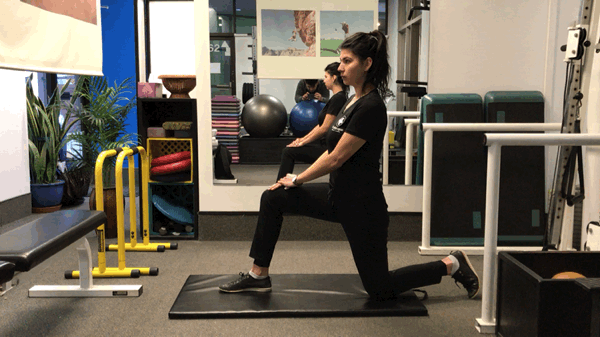
- Place the knee of the leg you intend to stretch on the floor in a lunge position with the shin resting on the ground. Have the opposite knee bent at 90 degrees with knees approximately shoulder width apart.
- Keep the upper body square and upright while you gently bring the pelvis forward to feel a stretch in your groin area.
- Hold for 20-40 seconds. Repeat on the other side. Perform 2 sets.
Important: Degree of stretch can be adjusted via degree of flexion at the knee.
Quadriceps Stretch
To stretch the rectus femoris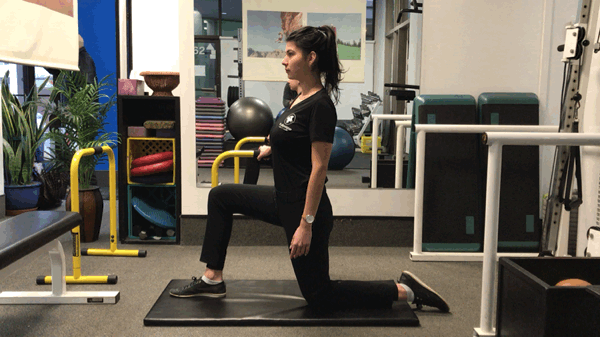
- Go on your knees while holding onto a stable support. Bring one leg in front of you while maintaining 90 degrees at the knee. Grasp the ankle of your other leg behind using the contralateral hand.
- Bring the ankle toward your buttocks as close as possible without creating a discomfort. You should feel a mild stretch in your thigh.
- Squeeze the buttocks, abdominal muscles, and tuck in the pelvis.
- Hold for 20-40 seconds. Repeat on the other side. Perform 2 sets.
Important: Degree of stretch can be adjusted via degree of flexion at the knee because the stretch pulls from both hip side and knee side. Therefore, you must tuck in the pelvis very SLOWLY.
Glute Bridges
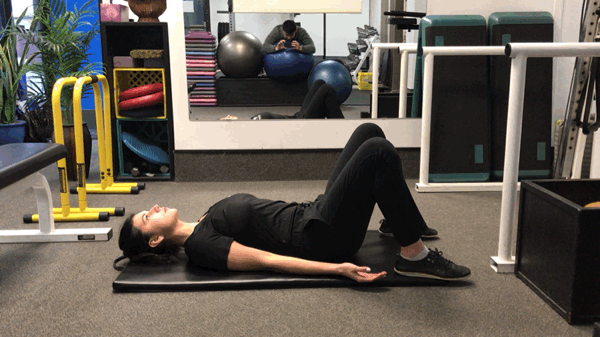
To strengthen the gluteal muscles
- Lie supine with your legs bent at the hips and knees. Keep your feet hip-width apart and flat on the floor, and arms resting by your sides at 45 degrees.
- Push through the heels, squeeze the buttocks, and bridge by raising your pelvis up while straightening out your body. Keep the hamstrings relaxed as much as possible.
- Hold for 2 seconds, then return to the original position while maintaining contraction in your buttocks. Perform 2 sets of 8-12 reps.
Important: Keep your buttocks (gluteal muscle) and abdominal muscles tightened during the exercise. Mildly push through with the feet to help activate glutes and reduce hamstring contraction if there is a difficulty relaxing them.
Plank
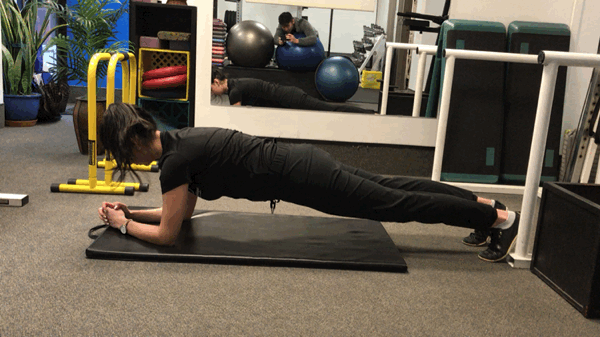
To strengthen the core muscles
- Get into a plank position, squeeze the buttocks and the abdominal muscles and hold the plank for 30-60 seconds. Perform 2-4 reps.
Important: To stabilize the body, keep your buttocks and abdominal muscles braced throughout the exercise. You can start the plank exercise from your knees if difficult to maintain the full plank position. It is better to maintain a proper form throughout the exercise rather than forcing a movement by employing false technique. Maintain neutral alignment of the spine and avoid twisting the torso. Maintain a normal, relaxed breathing pattern throughout the exercise.
1
Practice a Posterior Pelvic Tilt
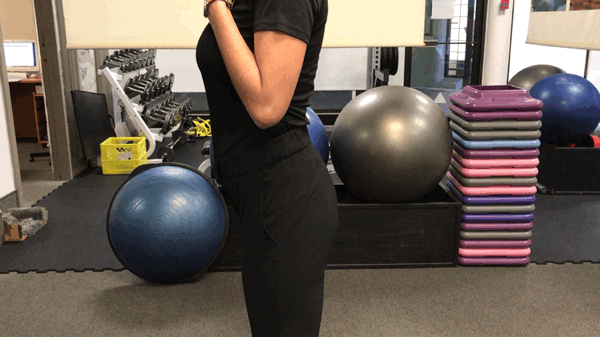
A posterior pelvic tilt can be done by tucking in your pelvis to compensate for anterior tilt. Practicing this movement can help you understand your natural range of motion and find a better pelvic alignment.
1
1
1
1
At the end of the day, it is important to be remember the factors contributing to anterior pelvic tilt. Spending 10 minutes per day to do these corrective exercises, along with being more active and cutting down sedentary behaviour, is effective in correcting anterior pelvic tilt.
References:
Konin J.G., Wiksten D.L., Isear J.A., Brader H. (2006) Special Test for Orthopedic Examination (3rd ed). Thorofare, NJ: SLACK incorporated
Preece, S. J., Willan, P., Nester, C. J., Graham-Smith, P., Herrington, L., & Bowker, P. (2008). Variation in pelvic morphology may prevent the identification of anterior pelvic tilt. The Journal of manual & manipulative therapy, 16(2), 113-7.

Alia Arslanova – Client Care Manager/Cardio Trainer
Alia has been doing sports since childhood: rhythmic gymnastics, tennis, synchronized swimming, and currently does Police Judo. Being constantly active, learning about human anatomy and kinetics makes her happy so choosing Kinesiology as her academic and career goal is a perfect match!


